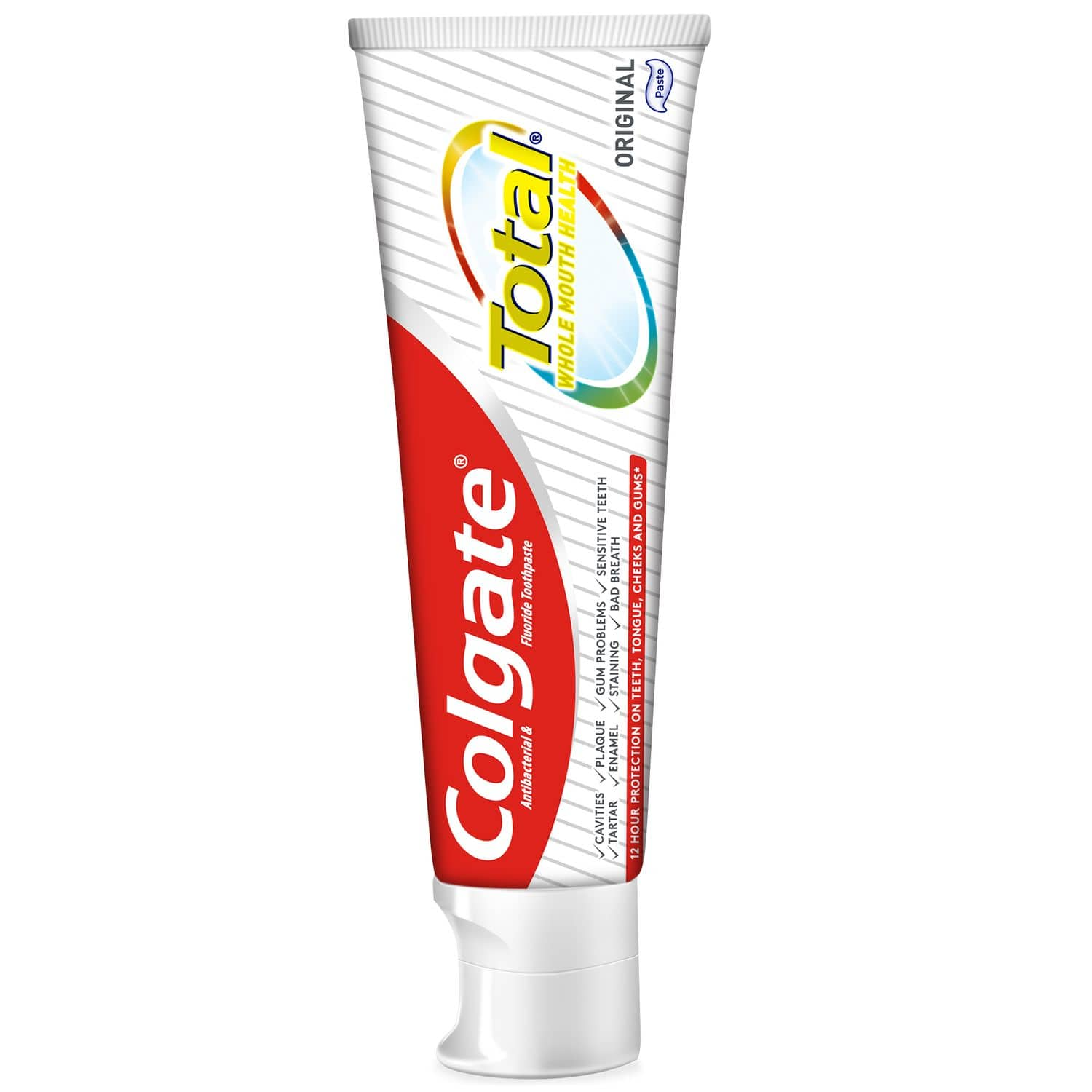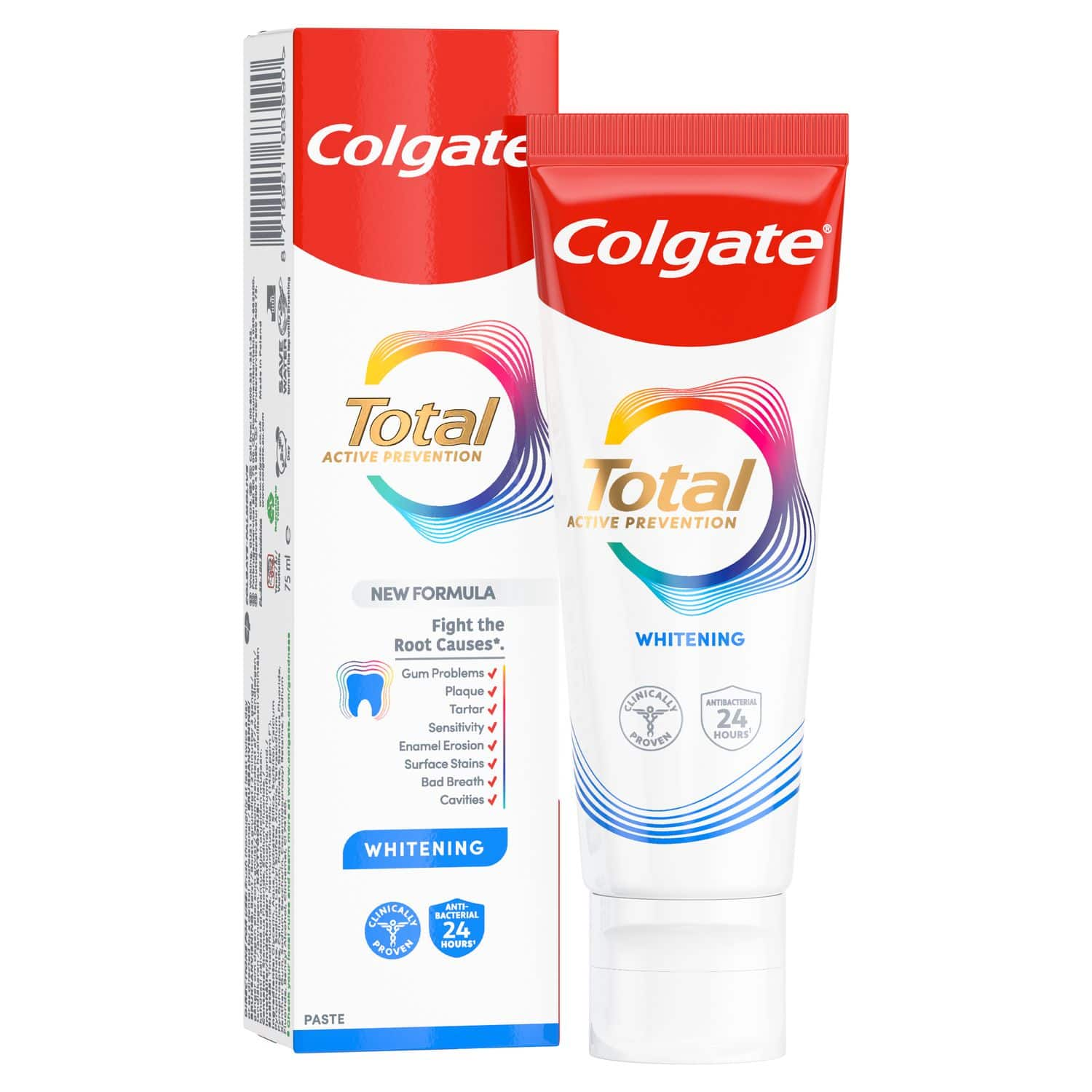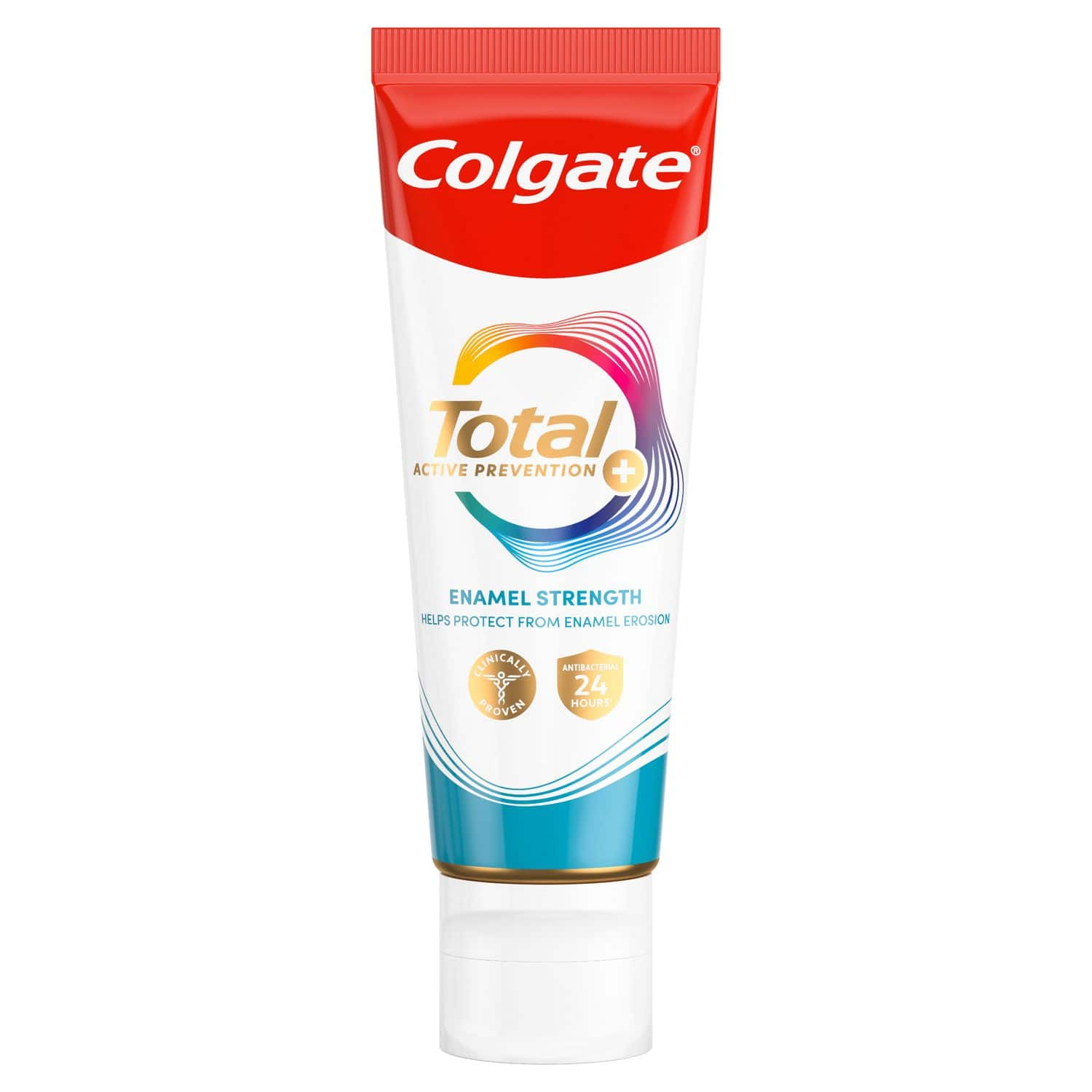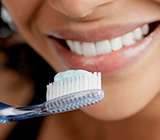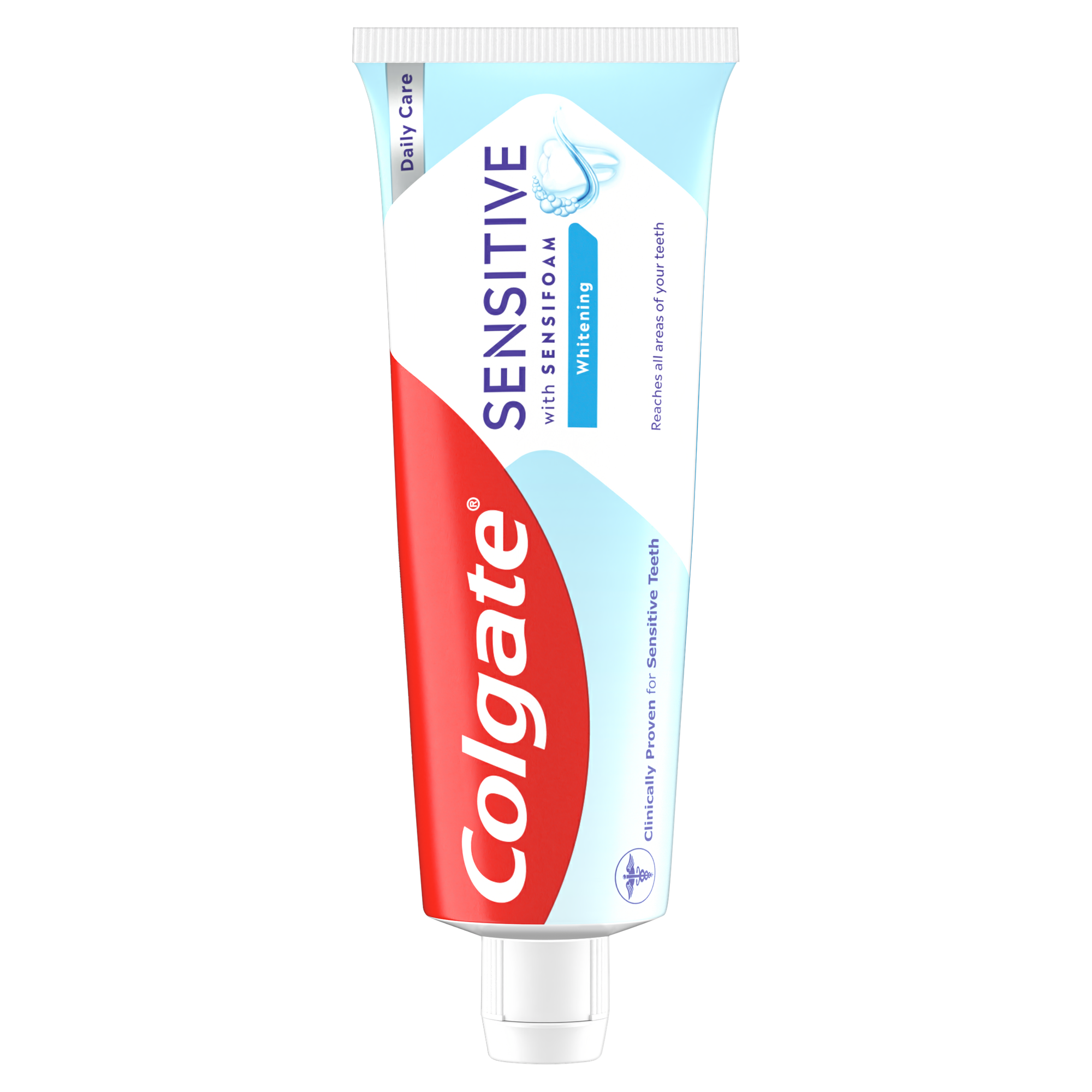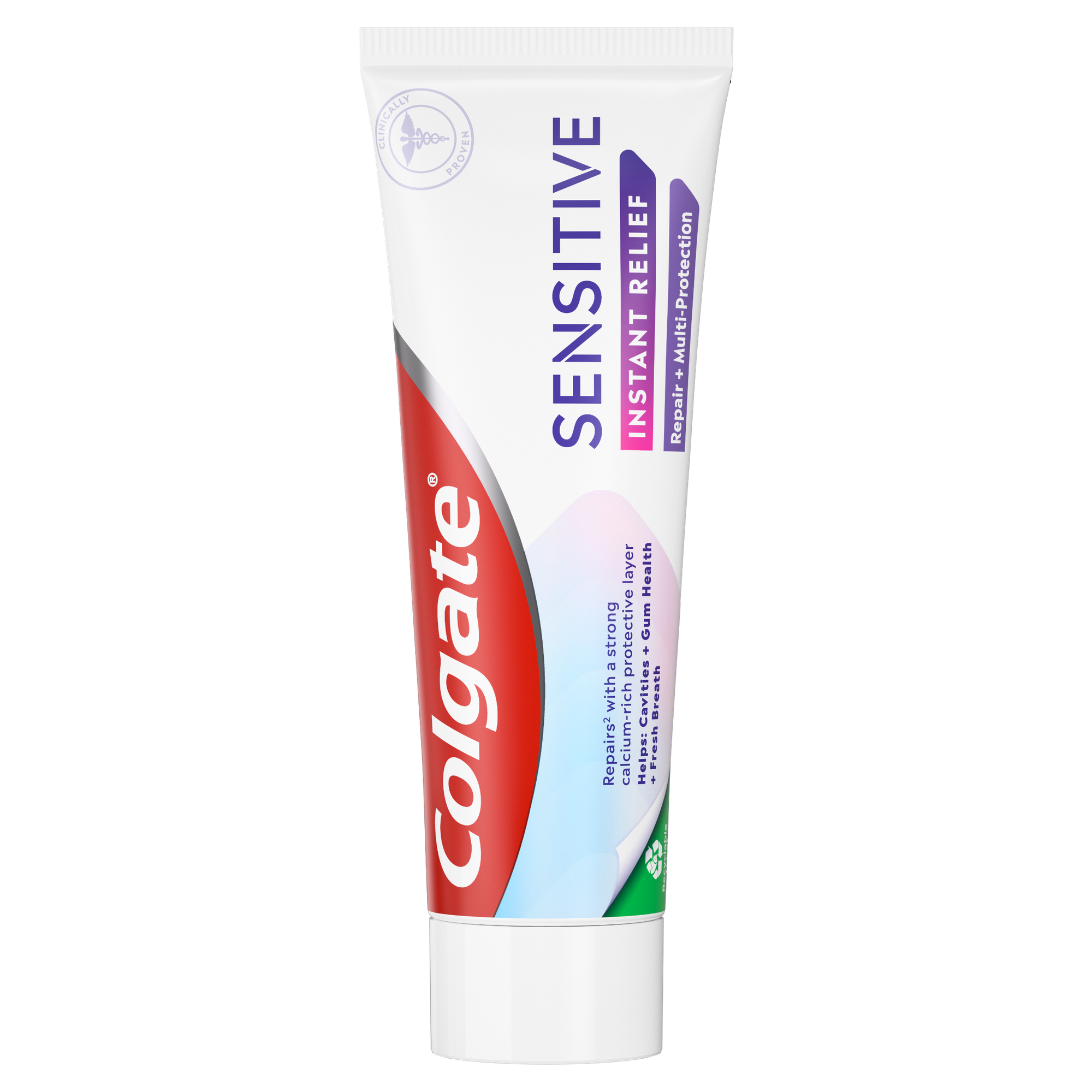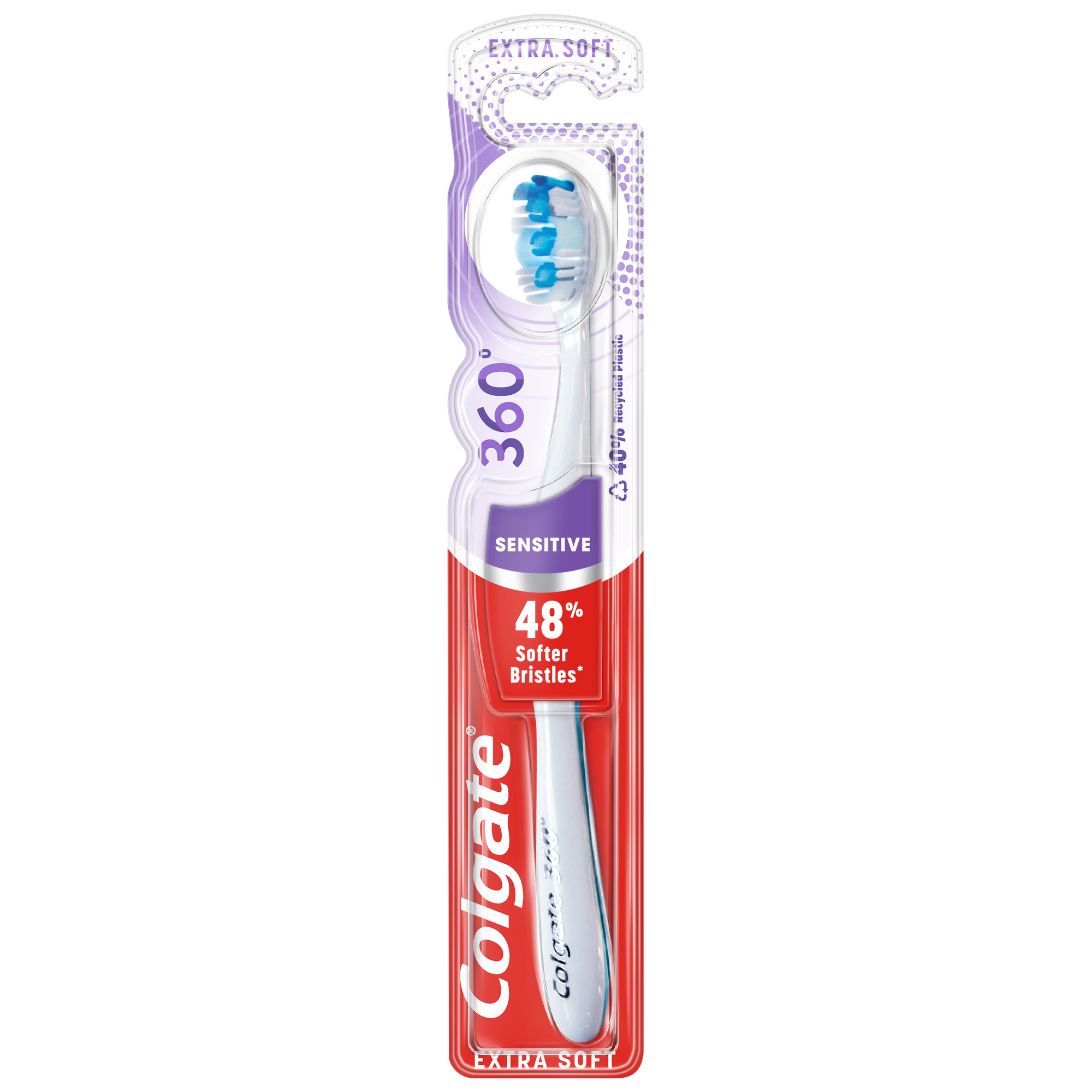- Enamel is the outer layer of each tooth. It's sort of a superhero since enamel is the hardest substance in our entire bodies and helps protect us from tooth sensitivity. Yay for enamel!
- Directly beneath enamel is the dentine layer. Though considerably softer than enamel, it supports your tooth's structure. (Hurray, dentine!) Dentine contains thousands of microscopic tubules with nerve endings connecting directly to the inner pulp of the tooth.
- Dental pulp contains the nerve fibre that interprets everything as pain. Yikes!
If your enamel wears away, exposing your dentine, then cold, heat, pressure, or almost anything can cause sensitivity. To learn how to prevent exposed dentine, first be aware of the causes. If you already have exposed dentine, know what treatments are at the ready.
Dentine Exposure: Causes and Prevention
The best way to avoid sensitivity due to dentine exposure is to prevent practices or conditions leading to enamel erosion. Luckily, for the most common causes of dentine exposure, there's a preventive measure.
Grinding
Cause of Exposure: Teeth grinding, also known as bruxism, can result from stress, malocclusion (a misaligned bite), or certain diseases affecting your muscles. Over time, grinding can lead to thinning enamel on your teeth's biting surfaces. Eventually, this thinning will cause the enamel to wear away, leaving the dentine exposed.
Prevention: Your doctor and dentist can advise you on ways to prevent grinding, which can include dental work, orthodontic treatment, stress management, medication, or sleep disorder treatments.
However, to prevent your enamel from thinning, your dentist can make a splint or an acrylic mouthguard to reduce tooth-to-tooth wear while you sleep. While they won't stop the grinding, these items will protect your teeth from wearing down.
Gum Recession
Cause of Exposure: When plaque accumulates along your gingival margin, the edge of the gum that meets your teeth, the result can be gum recession (and disease). When your gums recede below your enamel layer into the root, your cementum layer will be exposed. This can lead to dentine exposure.
Prevention: This is where your oral health routine comes into play:
- Gently brush twice daily with fluoride toothpaste.
- Floss once a day.
- Schedule twice-annual dental check-ups at which your dental professional examines your gums for any recession.
Yep, it's that easy!
Overzealous Brushing
Cause of Exposure: Using a hard toothbrush and repeatedly scrubbing, especially with abrasive toothpaste, can also scrape off your enamel and expose dentine. Overbrushing is most troublesome along the gumline, where the enamel is thinnest.
Prevention: If you're a vigorous brusher, switch to a soft-bristled brush or an electric toothbrush that alerts you when you brush too hard. Also, use non-abrasive toothpaste.
And don't forget to floss! Removing bacteria in-between your teeth makes them feel cleaner and helps prevent cavities and gum inflammation. That, in turn, reduces your risk of gum recession and sensitivity.
Heartburn/Gastro-oesophageal Reflux Disease (GORD)
Cause of Exposure: When gastric reflux occurs, your stomach acid enters your mouth, leading to enamel erosion and tooth decay.
Prevention: By managing GORD, you can help prevent dentine exposure. Consult your doctor, who might recommend lifestyle changes, a prescription or over-the-counter medicine, or surgery.
Treating Exposed Dentine
Once dentine exposure occurs, you'll experience sensitivity ranging from mild yet annoying sensations to brief but intense shooting pains. Exposed dentine treatments your dentist might suggest include those listed by the UK Forum on dentine hypersensitivity, as reported by Dental Nursing:
- Toothpaste for sensitive teeth: Ask your dentist what toothpaste best blocks tooth nerve sensitivity. You might have to brush over several days before you notice a sensitivity reduction.
- Fluoride varnish: Your dental professional will administer this varnish, which has a dual action: it strengthens your tooth enamel and reduces teeth sensitivity.
- Restorative correction such as crowns or bonding: Your dentist might perform one of these procedures if your sensitivity results from decay or a dental imperfection.
- Surgical gum graft: If you lose gum tissue at the root level, a graft can reduce sensitivity while protecting the root.
Learning about the layers of your teeth helps you understand what causes tooth sensitivity – or hypersensitivity – due to dentine exposure. And that's the first step to prevention. It's good to know treatments exist for dentine exposure, but it's better if you can keep your enamel healthy. After all, that's the layer exposing your smile.
ORAL HEALTH QUIZ
What's behind your smile?
Take our Oral Health assessment to get the most from your oral care routine
ORAL HEALTH QUIZ
What's behind your smile?
Take our Oral Health assessment to get the most from your oral care routine
